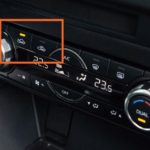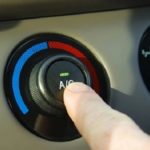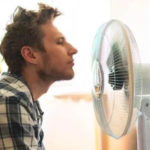Extreme Heat Wave: The scorching summer heat can push outdoor temperatures to a sweltering 50 degrees Celsius. Driving in such conditions can be challenging, with the risk of heat stroke and glare causing potential accidents. It is crucial to be aware of the necessary precautions when embarking on long-distance drives during this period.
Mr. Nguyen Xuan Huu, a resident of Pham Van Dong, Nam Tu Liem, Hanoi, shares his experience, “My office is about 12 kilometers from my home, and it usually takes me around 50 minutes to drive. However, during the heatwave, it takes me over an hour to get home. Not to mention, my work requires me to be out and about during the hottest parts of the day, and even with the comfort of my air-conditioned car, it can still be unbearably stuffy and uncomfortable.”
Ms. Tran Thi Thu, from Cau Giay District, adds, “I commute to work by car, but I still feel exhausted in this heat. The traffic doesn’t help either; it feels so draining. Since the beginning of summer, my car’s air conditioning system has been struggling to keep up with the soaring temperatures, reaching up to 45 degrees Celsius outside. I often have to set the temperature below 20 degrees just to feel somewhat comfortable. I haven’t had the time to get it serviced yet, so riding in my car during this heatwave feels like being in a sauna. And with the increased traffic during rush hour, it’s a slow crawl to get anywhere.”
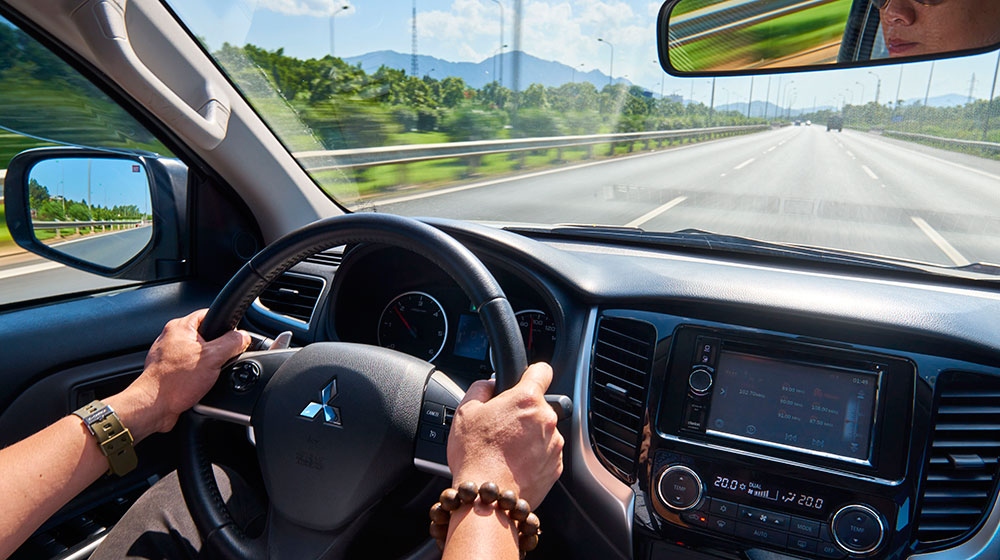
Illustrative image: KT
Tips for Driving in Extreme Heat: It is crucial to be mindful of the following important information to enhance your driving skills during hot weather:
The most significant hazards when driving in extreme heat are glare, heat stroke, fatigue, and stress-induced low blood pressure, all of which can impact your ability to observe and react to other vehicles on the road. Therefore, it is advisable to avoid congested routes and areas prone to traffic jams. Always keep a supply of water, especially cool water, in your vehicle to stay hydrated and prevent dehydration-related issues such as glare and dizziness.
Glare from the sun is a common issue when driving in sunny conditions. To mitigate this, maintain a steady speed and keep a safe distance from the vehicle in front of you. Avoid sudden stops or braking, as the driver behind you may not react in time and cause a rear-end collision.
Another crucial tip for driving in hot weather is to use your air conditioning system effectively. Set it to draw in outside air or lower the windows to keep the car cool. This helps remove stagnant hot air from the cabin quickly and efficiently. If your air conditioning is not performing well, you can try cleaning the air filter yourself by knocking it on the ground to dislodge dust and debris. Do not wash it with water. If it still doesn’t improve, have it serviced or repaired. Once your air conditioning is functioning optimally, avoid overusing it to prevent heat stroke.
Furthermore, it is important to be cautious when using the air conditioning during a heatwave. The temperature difference between the inside of the car and the outside environment can be significant, and stepping out into the hot weather can lead to heat stroke, dizziness, and even fainting. To avoid this, turn off the air conditioning and fans a few minutes before arriving at your destination to allow your body to adjust to the outside temperature gradually.
When starting your journey, consider opening the windows and using the ventilation system to blow out hot air before closing the windows and turning on the air conditioning. Gradually increase the cooling and fan speed to give your body time to acclimate to the changing temperature.
Another essential aspect to consider during hot weather driving is vehicle maintenance, particularly tire pressure. Ensuring optimal tire pressure improves fuel efficiency and enhances your ability to control the vehicle. Properly inflated tires not only save you money on fuel but also prevent the tires from overheating, which could damage connected components such as wheels, brakes, and other related parts.
Keeping your windshield clean is also crucial. A dirty windshield can intensify glare, as dust and tiny particles scatter sunlight. Therefore, before embarking on a trip, clean both the interior and exterior of your windshield to ensure a clear view and safe driving experience.
Precautions for Overheated Cars or Breakdowns During Hot Weather
Summer heat can take a toll on your vehicle’s components, and breakdowns during hot weather can be dangerous. Here are some essential considerations if your car encounters a problem while on the road:
When driving in extremely hot conditions, always pay attention to your engine coolant temperature warning light. If it illuminates while you’re on the move, it indicates that your engine is overheating. Pull over to the side of the road (preferably in a shaded area) and stop. Do not open the radiator cap until the engine has completely cooled down, as steam and hot liquid can escape and cause injury.
Additionally, if you’re stranded in a remote area and unable to restart your vehicle, don’t hesitate to call for roadside assistance.
Items to Avoid Leaving in Your Car During Hot Weather
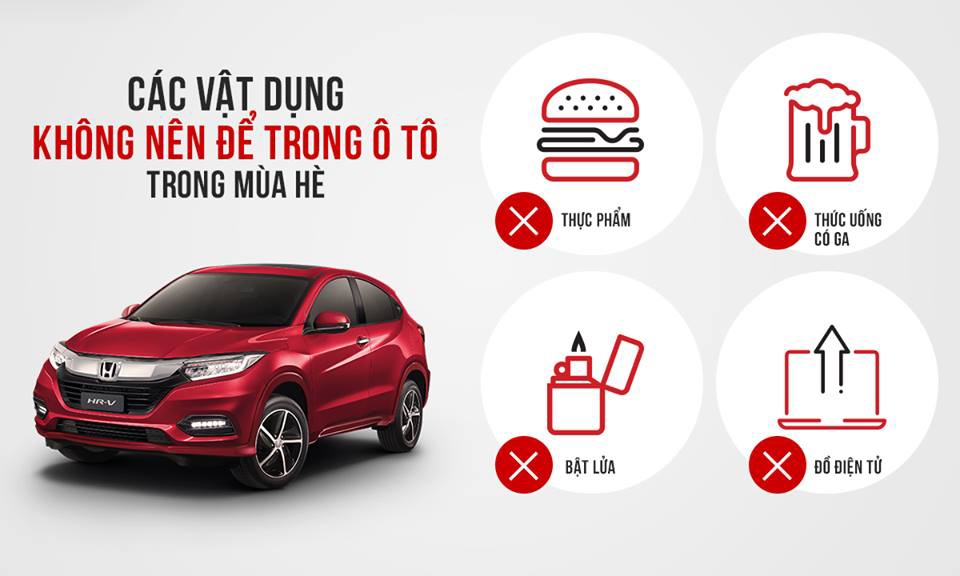
Items to avoid leaving in your car during hot weather. (Illustrative image: Honda)
Certain items, when left in a car during hot weather, can pose safety hazards or create unpleasant odors. Here are some things to avoid leaving in your vehicle:
- Lighters, fire extinguishers, aerosol cans, and pressurized containers such as perfumes, facial mists, deodorants, and hair sprays can become extremely dangerous when exposed to high temperatures. The increased pressure inside these containers can lead to explosions or ruptures, releasing flammable propellants that could ignite if exposed to an ignition source.
- Electronic devices such as laptops, tablets, mobile phones, and power banks are made of heat-conductive metals and should not be left in a car without air conditioning. The high temperatures can cause the electronic components and resistors to overheat abnormally, reducing their lifespan or even causing immediate damage. These devices contain lithium-ion batteries, which are highly sensitive to heat. Prolonged exposure to high temperatures, such as in a closed car parked in direct sunlight, can cause the batteries to melt or even explode.
- Water bottles and eyeglasses can also absorb heat from the sun, potentially causing a fire hazard in your vehicle.
Stay safe and keep these precautions in mind when driving during hot weather conditions.
According to VOV
Why is the car still hot even with the air conditioner on during the summer?
During the scorching hot summer days, having a fully functional air conditioning system in your car is an absolute necessity. However, there are times when even with the AC on, the air inside the car remains hot. So, what could be the reason behind this discomforting phenomenon?


























